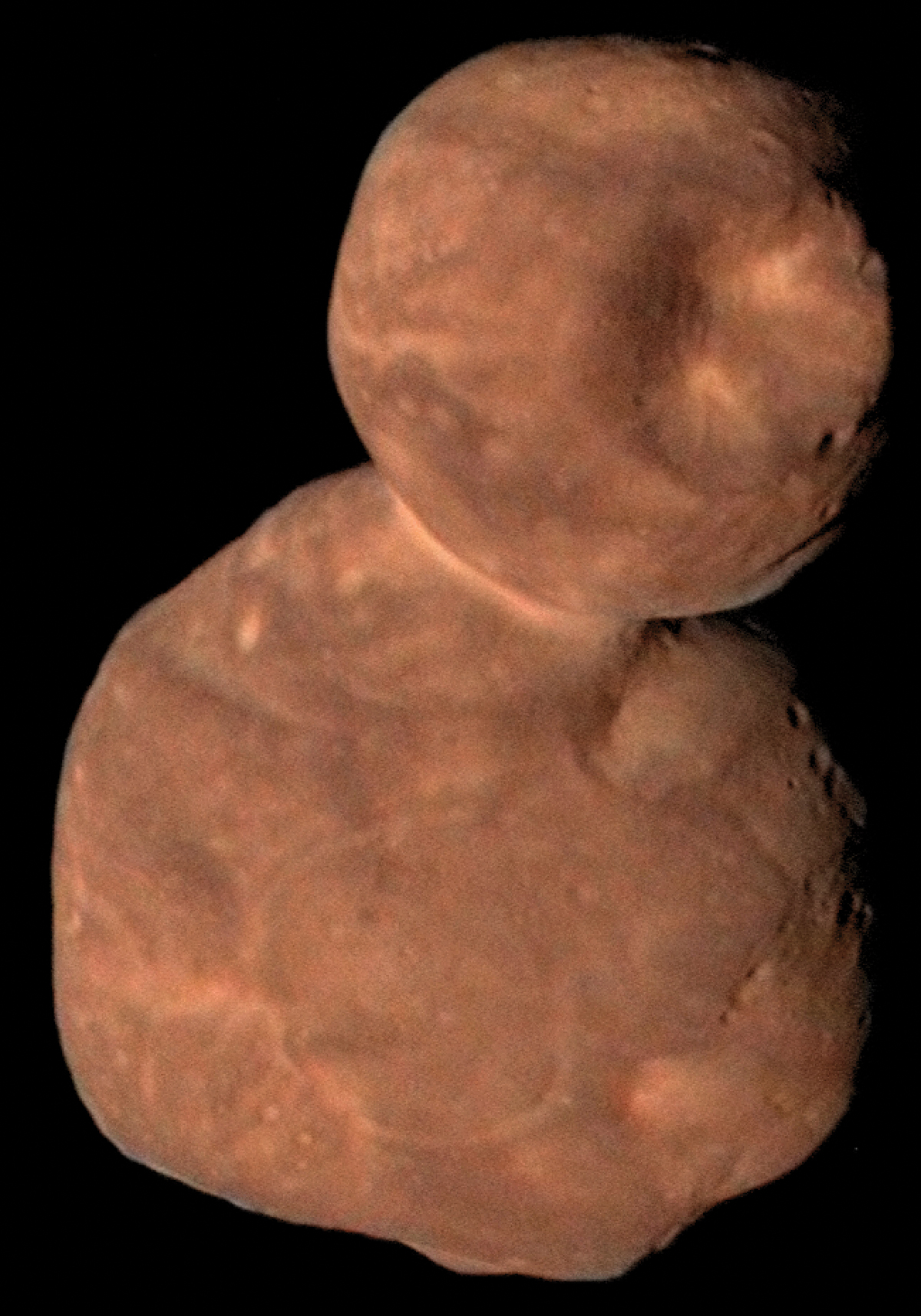Advertisement
Grab your lab coat. Let's get started
Welcome!
Welcome!
Create an account below to get 6 C&EN articles per month, receive newsletters and more - all free.
It seems this is your first time logging in online. Please enter the following information to continue.
As an ACS member you automatically get access to this site. All we need is few more details to create your reading experience.
Not you? Sign in with a different account.
Not you? Sign in with a different account.
ERROR 1
ERROR 1
ERROR 2
ERROR 2
ERROR 2
ERROR 2
ERROR 2
Password and Confirm password must match.
If you have an ACS member number, please enter it here so we can link this account to your membership. (optional)
ERROR 2
ACS values your privacy. By submitting your information, you are gaining access to C&EN and subscribing to our weekly newsletter. We use the information you provide to make your reading experience better, and we will never sell your data to third party members.
Astrochemistry
Chemists design alien life detector
Mass spectrometry works with theory to predict whether a molecular signature came from biogenic sources
by Katharine Sanderson, special to C&EN
May 27, 2021
| A version of this story appeared in
Volume 99, Issue 20

If there’s extraterrestrial life out there, it may now be simpler to detect thanks to a system that can assess and classify the complexity of a molecule, and so predict the likelihood that it formed by chance or through evolution (Nat. Commun. 2021, DOI: 10.1038/s41467-021-23258-x).
A key question in the search for life elsewhere in the universe is, how will we know if we find it? Molecules made by living things on other planets may take different forms than we see on Earth, but researchers generally agree that they are likely to be more complex than molecules that originate from physical processes. So it would be helpful if the instruments mounted on space missions or scanning the skies from here on Earth had a way to assess the complexity of the molecules they detect.
Lee Cronin at the University of Glasgow and his colleagues found a way to do just that. Their team developed an algorithm that could assign a complexity score to a given molecule; they call it the molecular assembly (MA) number. The MA number is based on the number of bonds needed to make the molecule. It follows basic valence rules, but otherwise doesn’t involve any chemistry or reaction conditions. Large biogenic molecules would have a bigger MA number than smaller molecules or large molecules that aren’t biogenic.
Cronin’s team used their method to assign MA numbers to 2.5 million molecules listed in the REAXYS database of compounds. Then they used a subset of over 100 small molecules and peptides to experimentally verify the expected correlation between the MA number and the number of peaks appearing in the second stage of tandem mass spectrometry analysis; molecules that were ionized in the first stage are blasted apart further in the second stage, so more complex molecules should produce more fragments.
The team then tested a suite of bigger molecules derived from sources including inorganic materials, living and dead biological samples, and some samples sent by NASA that were blinded. These blind samples included a bit of the Murchison meteorite, which is not of biological origin, and fossil-containing lake sediments samples from the Holocene (30,000 years ago) and the mid-Miocene (14 million years ago).
The materials had a wide range of MA scores, but all the biologically derived samples had MA numbers above a certain threshold. This finding implies such a threshold could be used to classify a molecule as coming from something alive or not.
Cronin hopes to test his concept in space soon. “We’re trying to convince NASA to put a detector on Titan,” he says.
The work is compelling, says astrobiologist Eddie Schwieterman from the University of California, Riverside, in particular for space missions where materials could be directly measured or a physical specimen returned to an earthly lab, he says. But the likely low concentrations of any biogenic molecules outside our solar system could make this method hard to use, Schwieterman suggests.
Cronin agrees that the premise will work best in our own solar system. But he says that for extrasolar planets, retooling the MA algorithm to work on infrared spectrometry data will overcome the problem. “The key is the theory works for molecules and molecular signatures,” he says.




Join the conversation
Contact the reporter
Submit a Letter to the Editor for publication
Engage with us on Twitter